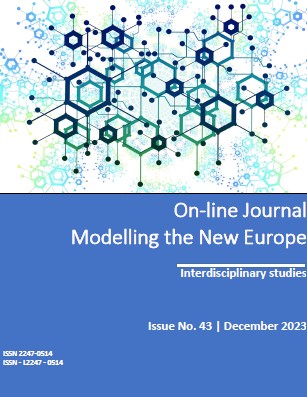THE EU LABOUR MARKET: TRENDS AND PATTERNS FOR CANDIDATE COUNTRIES
THE EU LABOUR MARKET: TRENDS AND PATTERNS FOR CANDIDATE COUNTRIES
Author(s): Iryna Gerlach, Yurii Vlasenko, Maryna Gudz, Andrii Sokolov, Olena BilenkoSubject(s): Labor relations, Comparative politics, EU-Accession / EU-DEvelopment, Human Resources in Economy, Socio-Economic Research
Published by: Facultatea de Studii Europene -Universitatea Babeş-Bolyai
Keywords: candidate and potential candidate countries; economic activity; employment; EU; labour market;
Summary/Abstract: The article examines specific aspects of the European Union (EU) labour market, its dynamics and structure to assess the potential opportunities for candidate countries. The research aims to identify trends and patterns of labour market development for candidate countries and potential candidates for membership in the European Union. The study uses data from labour market statistics for the EU, candidate countries, and potential candidates (enlargement countries). The research is based on comparison, grouping, generalisation, trend analysis, correlation regression, and cluster analysis. The labour market indicators in most studied countries are significantly lower compared to the EU, but positive dynamics are observed. The results show that candidate countries and potential candidates have different indicators that characterise the level of development and dynamics of the labour market. Most candidate and potential candidate countries (except the Republic of Turkey) have downward trends in unemployment and a close negative correlation between unemployment and Gross Domestic Product per capita. Labour market analysis can support policymaking for candidate countries and potential candidates and monitor participation in the EU labour market.
Journal: Online Journal Modelling the New Europe
- Issue Year: 2023
- Issue No: 43
- Page Range: 32-66
- Page Count: 35
- Language: English

